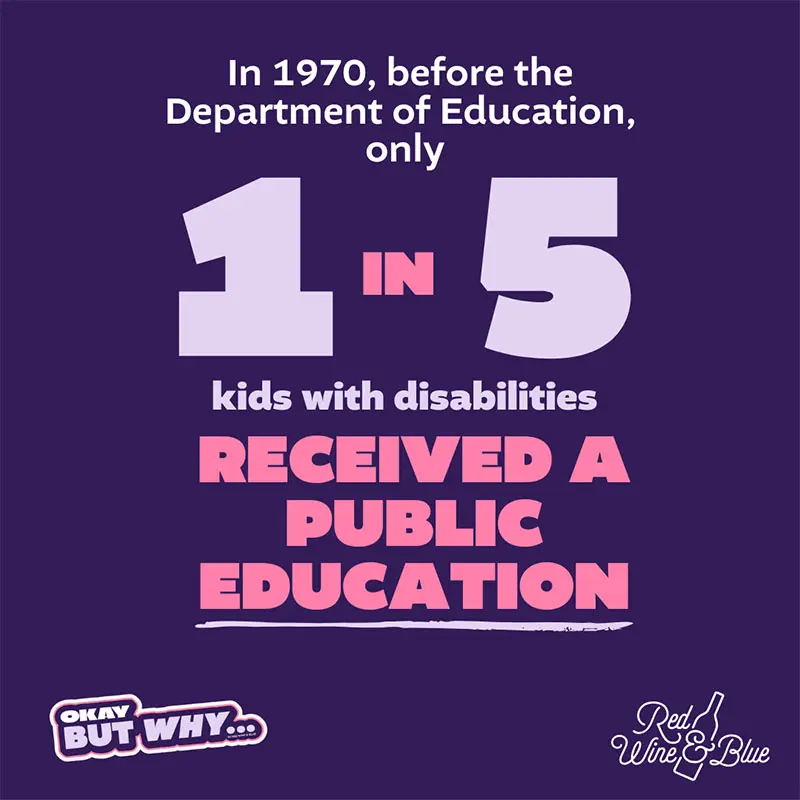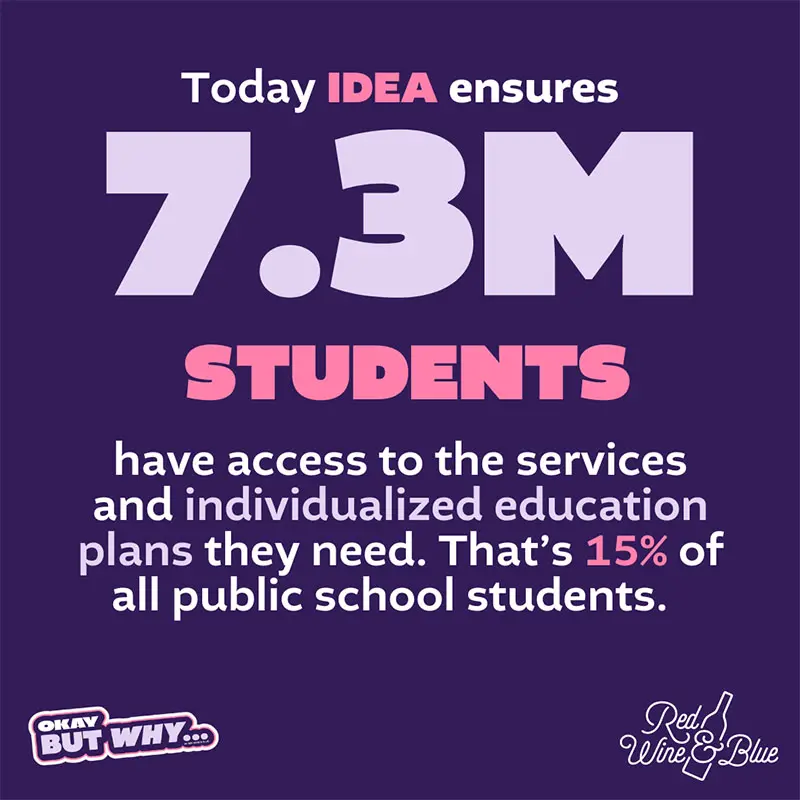
Okay But Why Do We Need the Department of Education?
Public education is a fundamental part of the American Dream – it’s a huge part of what makes it possible to create a better life for ourselves and our children. But Donald Trump and his Secretary of Education Linda McMahon are doing everything they can to shut down the Department of Education.
We rely on our leaders to have our best interests at heart – So what’s best for us in this case? Do we really need the Department of Education? Let’s go back and examine what public schools were like before we had it.
America Before the Department of Education
In the early days of our country, we had a divided education system – one for the wealthy and one for the working class. Basically, wealthy families paid for their children’s education and working class families either taught their children at home or, in the few communities that had them, sent them to a local public school. It’s important to note this was for white children only. Native American and Black children were not included.
In 1896, the Supreme Court ruled that racial segregation in schools was legal in the case of Plessy vs Ferguson.
In 1954, a much better case — Brown vs Board of Education of Topeka — ruled that schools must integrate, but many states and school districts resisted, sometimes with violence.
In 1979, President Jimmy Carter created the Department of Education we have today so that all kids, regardless of race, gender, or disability, have access to a quality education.
The Dept. of Education investigates claims of discrimination and provides funding to schools in states that aren’t able to fully fund them on their own.. With all the good it does for our children, why would anyone want to get rid of it? Which brings us to where we are now.

The Debate About The Department of Education
Some argue that it’s too expensive or that it’s bloated with bureaucracy, but these are generic arguments often used about the federal government in general, and the Dept. of Ed. is only 2% of the federal budget and a tiny fraction of federal employees. We’re all for cutting costs where possible across our government, but unilaterally eliminating an entire department without considering the harm it will cause to many working families and their kids is excessive to say the least.
Another rationale for wanting to get rid of the Dept. of Ed. is over criticism about Diversity, Equity, and Inclusion (DEI) initiatives. But DEI curriculum isn’t determined by the Department of Education – In fact, it doesn’t make decisions about educational curriculum at all.
So what is this really about? It appears to come down to money and who gets it. Without federal funding, many public schools in states like Mississippi, South Dakota, and Arkansas, and particularly in low-income, rural communities, would have to close.
If this is our future, we will suddenly have a lot of kids who aren’t able to go to school and get an education. That is, unless one of their parents quits working to homeschool them, and we all know that in most cases that will end up being the mom. How many families do you know that can get by on just one income? And what about all the single parent families?
To be clear, this doesn’t mean we don’t need to make improvements to public education in America. We absolutely do. But closing the Department of Education doesn’t bring us closer to this goal. If anything, it will make things worse.

Click here to learn more about standing up for public education.
